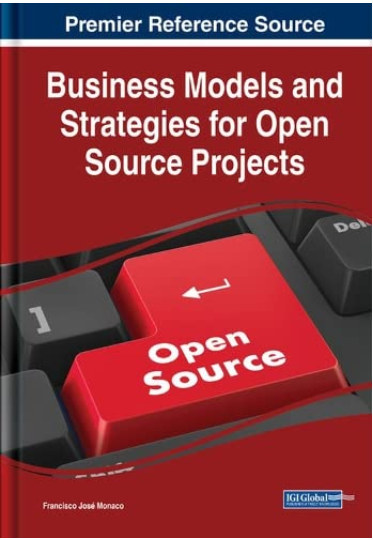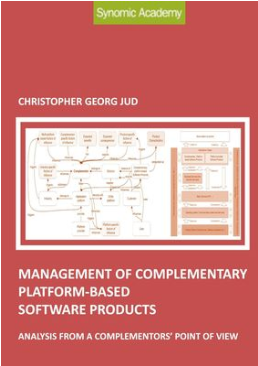Due diligence of intellectual property in the software industry: Definition of the task for digitization
Task Due diligence of intellectual property
Why a task definition?
To enable digitization, we have to define tasks in the M&A process in detail. We use goals and objectives, a description of the task and data objects usedby the task. In addition, we list questions used during execution of the tasks to provide more context.
Goals and objectives of the task
The task has the following objective(s):
legal IP rights: analysed
Draft IP integration plan: prepared
The task has the following formal objectives:
Risk: minimized
Quality: maximized
Information asymmetry: minimized
Task description:
In a holistic IP due diligence, the portfolio of intellectual property rights, the target's relations to all IP sources and the different types of current and future use of intellectual property are examined. For all existing and future uses of all target products and services, the following must be identified: all intellectual property rights and obligations, subsidiary measures, associated fees and payments, compliance processes, potential and existing litigation and infringements in connection with the target and its products and services. All of these shall be reviewed and evaluated to ensure that the Target owns the intellectual property to be sold, as well as third party intellectual property rights of use, and that existing and future uses of the intellectual property are consistent with the IP rights of the Target. In the software industry, the focus is usually on the intellectual property and technical due diligence of software products with respect to, for example, the architecture and quality features of the software products and the cloud service providers and web services used. The open source components and third-party products used in the product are also analyzed.
Questions used when performing the task
The task is performed with the following questions:
Has the software provider taken sufficient measures to ensure that work results of employees and service providers are IP of the target?
Which patents, trademarks, copyrights, title protection and ancillary measures exist and have been taken by the software vendor
What intellectual property clauses are included in customer contracts and cooperation agreements to ensure that none of the intellectual property rights or trade secrets of the target company are "lost"?
What intellectual property of third parties (e.g. open source software) has been and is being used by the Target and does the Target have the corresponding rights of use?
For each supplier relationship, is it ensured that the Target has sufficient rights to use third party intellectual property rights that are consistent with the existing and future forms of use intended by the buyer?
Data objects of the task
The task works on the following data object types:
draft IP integration plan, intellectual property, brand, trademark, trademark authority, legal aspect of a brand or trademark, IP licensing agreement, legal aspect of an IP licensing agreement, licensing agreement to partner, legal aspect of licensing agreement to partner, legal aspect of patent license, third party patent, patent license, IP assignments of the target, patent, patent authority.
This is an excerpt of my new book “Automation of Mergers and Acquisitions“.
CLICK OR SCAN THE QR CODE TO ORDER THE BOOK





















